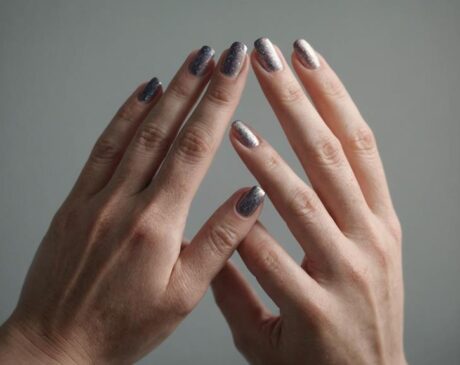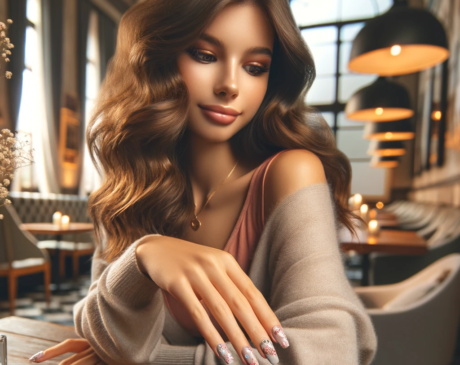What Hair Color Is Most Attractive?
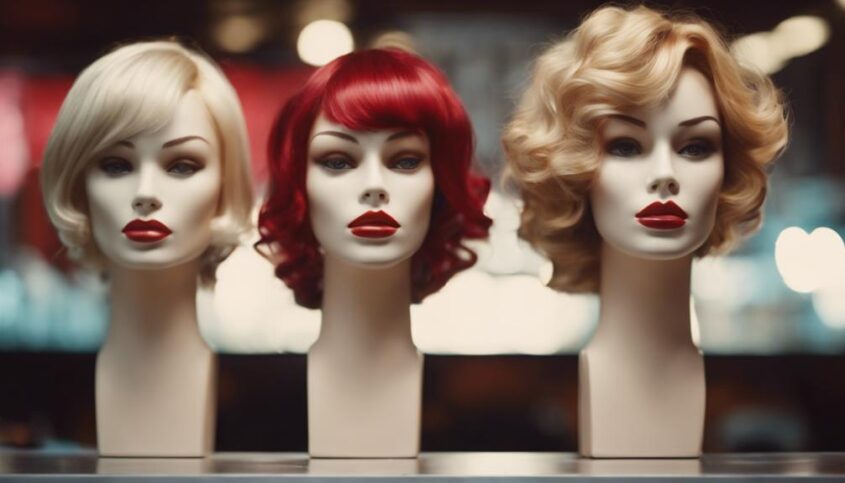
Various factors determine what hair color is perceived as most attractive. Psychological influences connect hair color with emotions and self-image. Cultural preferences vary worldwide, with different regions favoring specific shades. Celebrities influence trends, shaping beauty standards. Scientific studies reveal genetic markers affecting attractiveness linked to hair color. Understanding personality traits associated with different colors is essential. Skin tone matching is crucial for selecting the right shade. To delve deeper into the complexities of hair color attractiveness, consider exploring psychological, cultural, and scientific insights that play a crucial role in perceptions of attractiveness.
Key Takeaways
- Attractiveness of hair color varies based on personal preferences and cultural norms.
- Blonde, brunette, and red hair are commonly perceived as attractive in different regions.
- Skin tone plays a significant role in determining the most flattering hair color.
- Confidence and how well a hair color complements one's features contribute to attractiveness.
- Matching hair color with personality and style enhances overall attractiveness.
Psychological Impact of Hair Color

The psychological effects of hair color play a significant role in shaping individuals' perceptions and self-image. Color psychology suggests that different hair colors evoke various emotions and perceptions, influencing how individuals are perceived by others and even how they view themselves. Beauty standards often dictate what hair colors are considered attractive or desirable in a particular society, impacting people's choices when it comes to hair dye.
Hair dye serves as a tool for self-expression, allowing individuals to showcase their creativity and personality through their chosen hair color. Whether opting for a bold and vibrant shade or a more subtle and natural look, the color of one's hair can communicate a lot about their identity and sense of style. It can boost confidence and create a sense of empowerment, enabling individuals to project their desired image to the world.
Understanding the psychological implications of hair color can help individuals make informed decisions about how they present themselves, aligning their hair color choices with their self-perception and the image they wish to convey to others.
Cultural Perceptions and Preferences
Culturally ingrained perceptions and preferences regarding hair color can vary significantly across different societies and regions. In the realm of global beauty, certain hair colors may be favored in one culture while considered less desirable in another. For example, in some Asian cultures, dark hair is traditionally seen as attractive and symbolizes health and youthfulness, whereas in Western societies, a broader range of hair colors is considered appealing. Historical traditions also play a crucial role in shaping these perceptions. For instance, in Ancient Greece, blonde hair was associated with the goddess Aphrodite and considered the epitome of beauty and power.
Understanding these cultural nuances is essential in appreciating the diversity of beauty standards worldwide. While some cultures may value natural hair colors, others may embrace a more varied and experimental approach. These differences highlight the rich tapestry of global beauty ideals and the influence of historical legacies on contemporary perceptions of attractiveness. By recognizing and celebrating this diversity, we can move towards a more inclusive and innovative understanding of beauty across cultures.
Celebrity Influence on Hair Trends
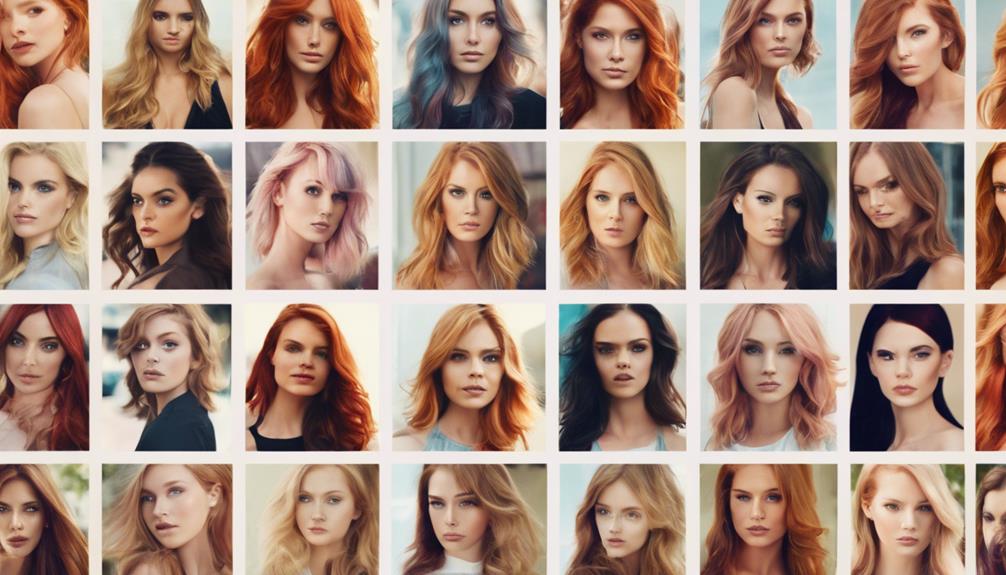
With their ever-evolving hairstyles and iconic looks, celebrities play a significant role in shaping current hair trends. Celebrity endorsements of specific hair colors or styles often spark widespread interest and influence fashion trends.
Social media influencers also contribute to the dissemination of these trends, amplifying their impact on beauty standards. When a popular celebrity sports a new hair color or style, it quickly becomes a topic of conversation and emulation among fans and followers.
The power of celebrity influence on hair trends is undeniable, with many people looking to replicate the looks of their favorite stars. Whether it's a drastic color change by a renowned actress or a subtle highlight choice by a famous singer, these decisions can have a ripple effect across the beauty industry.
As such, the hairstyles of celebrities not only reflect current trends but also have the power to set new ones, making them key players in shaping the perception of what is attractive in terms of hair aesthetics.
Scientific Studies on Attractiveness
Scientific research has delved into the factors influencing attractiveness, shedding light on the complexities of human perception and preferences. Genetic factors play a significant role in determining what is perceived as attractive. Studies have shown that certain physical features, including hair color, are linked to specific genetic markers that can influence how individuals are perceived in terms of attractiveness.
From an evolutionary perspective, preferences for certain hair colors may be rooted in our ancestors' instincts to select mates based on indicators of health and reproductive fitness. For example, blonde hair may be associated with youth and vitality, while darker hair colors could signal maturity and stability. These evolutionary inclinations can shape societal standards of attractiveness and impact individual preferences.
Understanding the genetic and evolutionary underpinnings of attractiveness can provide valuable insights into why certain hair colors are perceived as more attractive in different cultures and societies.
Popular Hair Colors in Different Regions
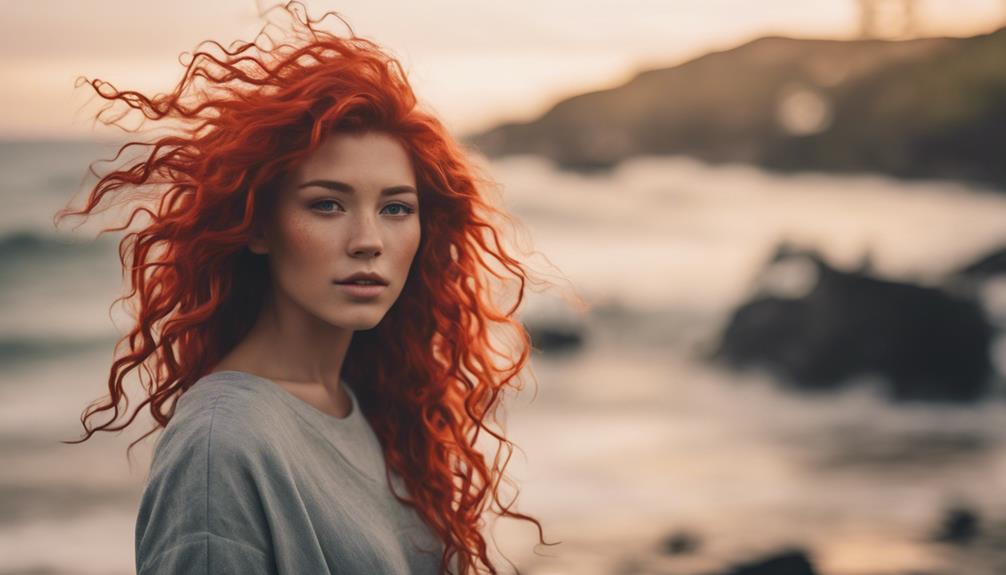
Across the globe, variations in hair color preferences reflect diverse cultural norms and aesthetic ideals. Global trends and beauty standards play a significant role in shaping these preferences, influencing regional choices and fashion trends. Let's take a glimpse into some popular hair colors in different regions:
| Region | Popular Hair Colors |
|---|---|
| North America | Blonde, Brunette |
| Europe | Brunette, Red |
| Asia | Black, Brown |
In North America, blonde and brunette shades are commonly favored, aligning with the beauty standards often portrayed in media. In Europe, brunette and red hair colors are popular choices, reflecting a blend of traditional and contemporary fashion preferences. On the other hand, in Asia, black and brown hair are prevalent, in harmony with the regional beauty ideals. These regional preferences not only showcase the diversity of fashion choices but also highlight how beauty standards can vary across different parts of the world.
Hair Color and Personality Traits
The relationship between hair color and personality traits is a topic that has intrigued many.
It is believed that the color of one's hair can impact how they are perceived by others and how they behave.
Understanding the connection between hair color, perception, and behavior can provide valuable insights into human psychology.
Impact on Perception
Hair color can influence how individuals are perceived in terms of their personality traits. In social interactions, individuals with blonde hair are often seen as approachable and friendly, while those with red hair may be perceived as fiery or passionate. On the other hand, individuals with dark hair are sometimes viewed as mysterious or sophisticated.
In professional settings, hair color can also play a role in shaping perceptions. For instance, individuals with brunette hair might be seen as dependable and reliable, while those with unconventional colors like blue or green could be viewed as creative or bold. Understanding these perceptions can help individuals tailor their image to make desired impressions in various contexts.
Color and Behavior
In the realm of human psychology and social perception, hair color has been linked to specific personality traits and behaviors. Color psychology suggests that different hair colors can subconsciously influence how individuals are perceived by others, leading to various behavioral cues. Here is a table illustrating some common personality traits associated with different hair colors:
| Hair Color | Personality Traits |
|---|---|
| Blonde | Playful, outgoing |
| Brunette | Grounded, reliable |
| Red | Fiery, passionate |
Understanding these connections between hair color and behavior can provide insights into how individuals may be perceived and how they might behave in social interactions.
Tips for Choosing the Right Hair Color
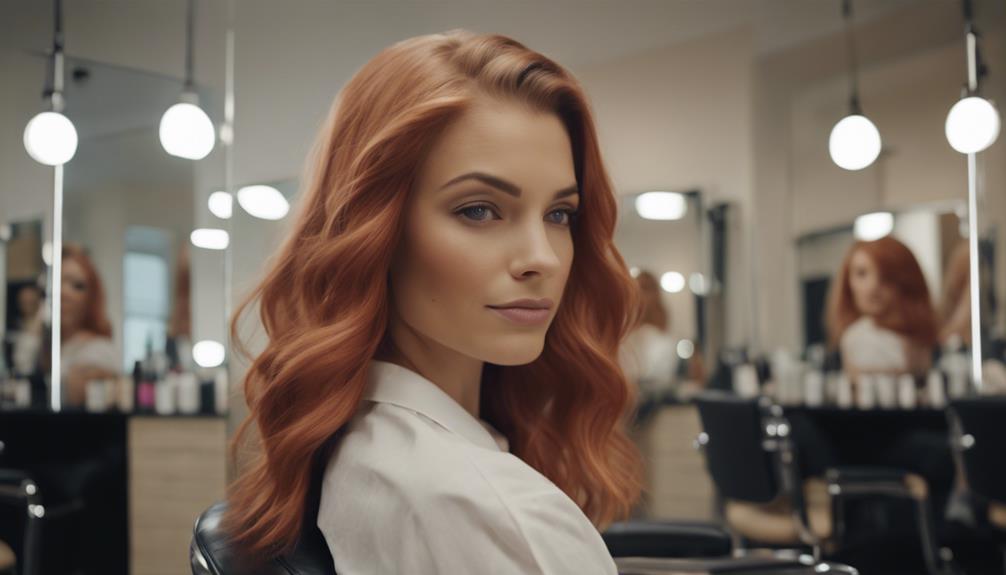
When selecting the ideal hair color, considering your skin tone is crucial for a harmonious look.
Additionally, staying updated on current hair color trends can inspire your decision-making process.
Skin Tone Matching
Choosing the right hair color that complements your skin tone is essential for a harmonious and flattering overall look. Understanding color theory is key to finding the perfect match. Undertones matching is crucial; for example, warm undertones are complemented by hair colors like golden blonde or copper red, while cool undertones are enhanced by shades like ash brown or platinum blonde.
Olive skin tones are versatile and can carry off a wide range of colors, from warm brunettes to cool blondes. Darker skin tones can rock deep hues like rich browns or vibrant reds. Experimenting with different shades can help you discover what truly enhances your natural beauty.
Hair Color Trends
Understanding the latest hair color trends is essential for selecting the perfect shade that complements your features and personal style.
When considering hair dye options, it's crucial to stay updated on current fashion trends. Celebrity endorsements often play a significant role in popularizing specific hair colors. Following celebrities who align with your beauty standards can provide inspiration for your next hair transformation.
Whether you prefer the natural look or bold, vibrant hues, keeping an eye on what's hot in the industry can help you make a trendy choice.
Frequently Asked Questions
How Does Hair Color Influence Job Opportunities and Career Success?
Hair color can impact job opportunities and career success through potential discrimination and influencing professional image. Studies suggest certain hair colors may face salary impacts and hinder promotions, showcasing the importance of addressing biases.
Are There Any Health Risks Associated With Frequently Changing Hair Colors?
Frequently changing hair colors can pose health risks due to hair dye allergies and chemical exposure. Besides compromising hair health, the cost implications of regular maintenance can be significant. Prioritizing hair health over trends is essential.
Can Hair Color Affect Romantic Relationships and Dating Preferences?
Hair color can impact romantic relationships and dating preferences due to cultural perceptions and psychological impacts on attraction. Different hair colors may be associated with varying traits or stereotypes, influencing initial impressions and compatibility assessments.
What Role Does Hair Color Play in Social Media and Online Dating Profiles?
In online dating and social media, hair color can significantly impact user engagement and follower attraction. Influencer partnerships and brand collaborations often seek diverse hair colors to enhance visibility and appeal in the digital landscape.
How Do Hair Color Trends Differ Between Generations and Age Groups?
Hair dyeing trends showcase generational differences in age groups. Younger generations lean towards bold, unconventional colors, while older age groups often opt for more natural shades. Understanding these preferences aids in tailoring hair color offerings to diverse demographics.
Conclusion
In the tapestry of human attraction, hair color plays a subtle yet significant role. From the deep allure of brunette locks to the fiery passion of red tresses, each shade evokes a different response in others.
While cultural preferences and celebrity trends may sway our perception of beauty, the true essence of attractiveness lies within individuality. Ultimately, the most attractive hair color is the one that exudes confidence and complements one's unique personality.


